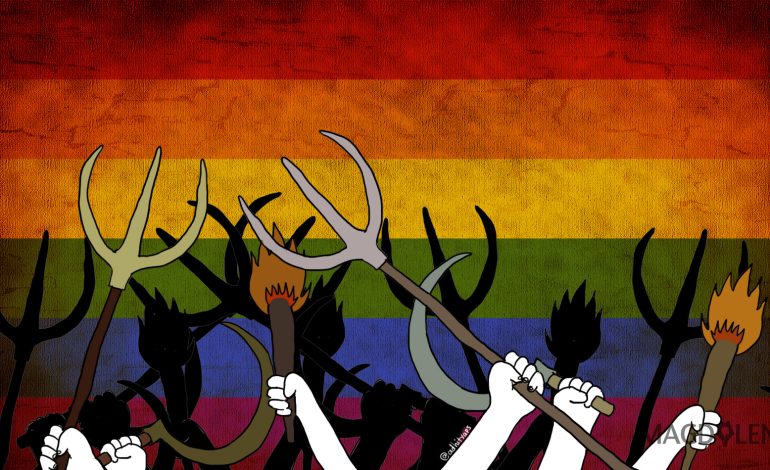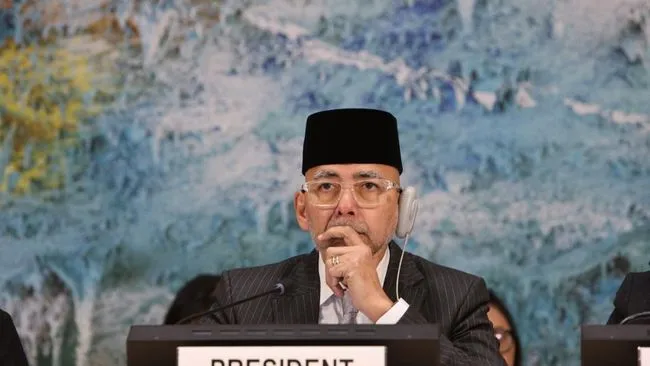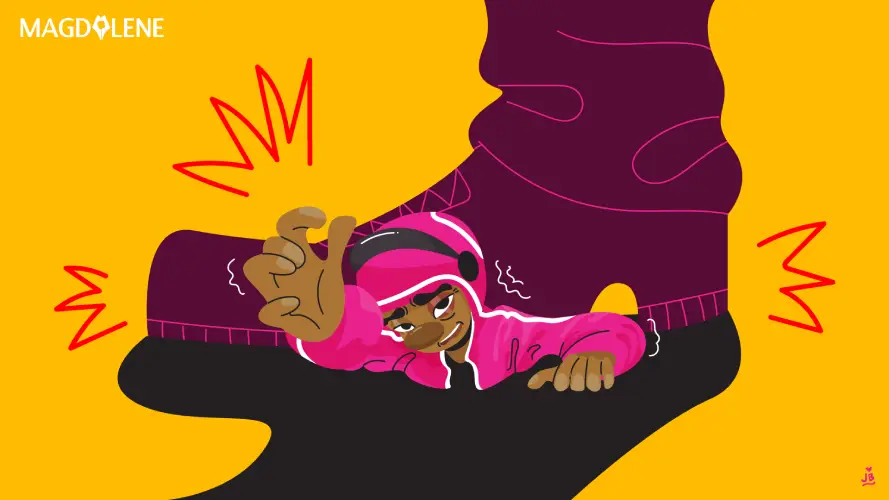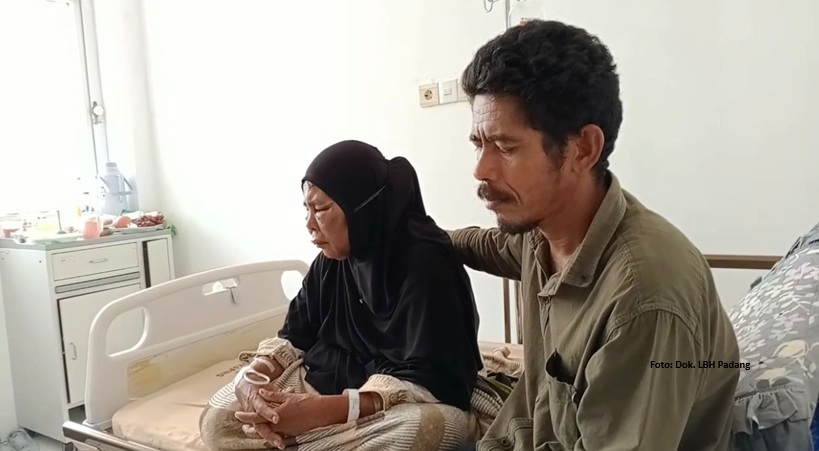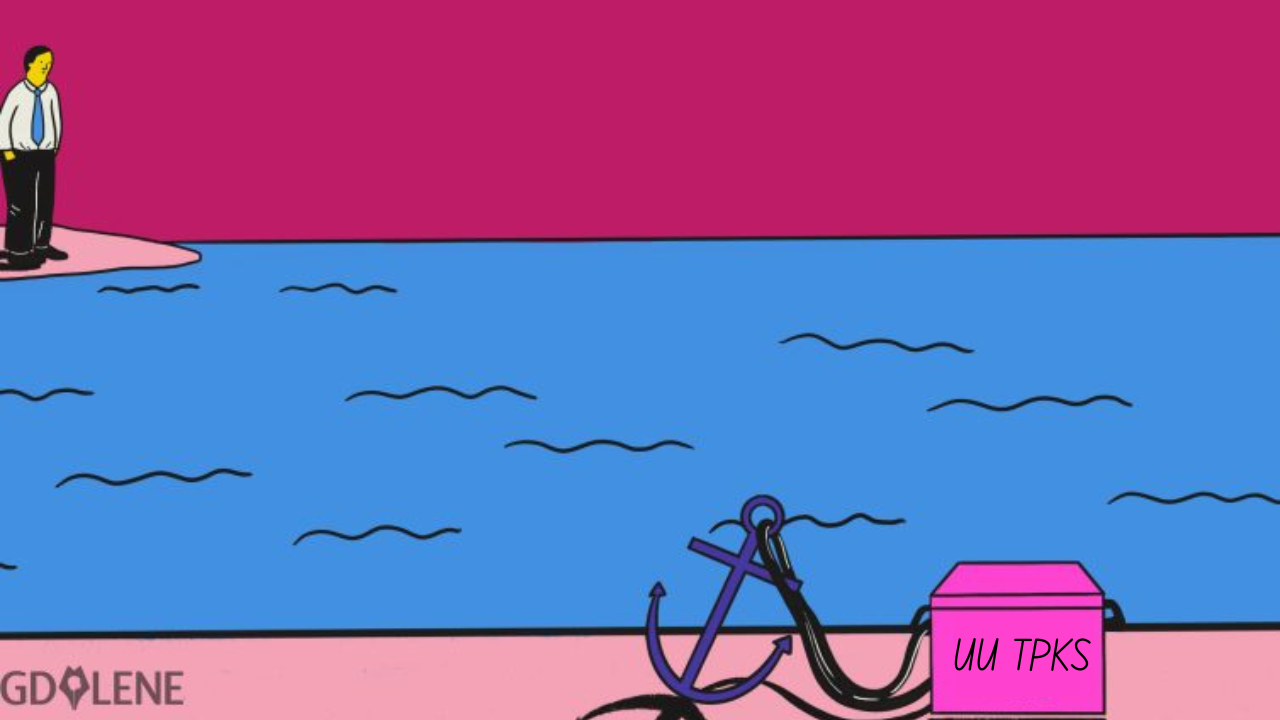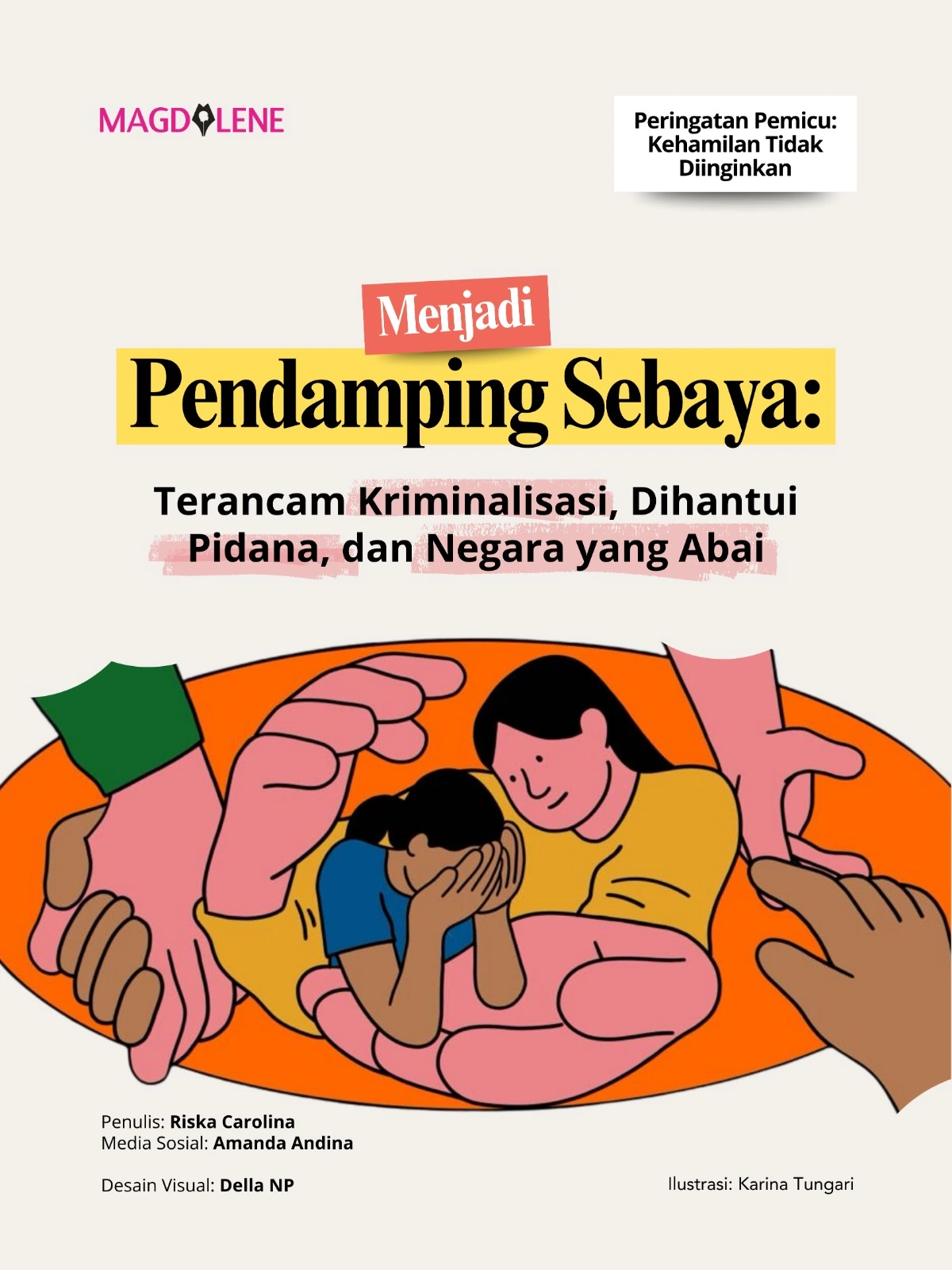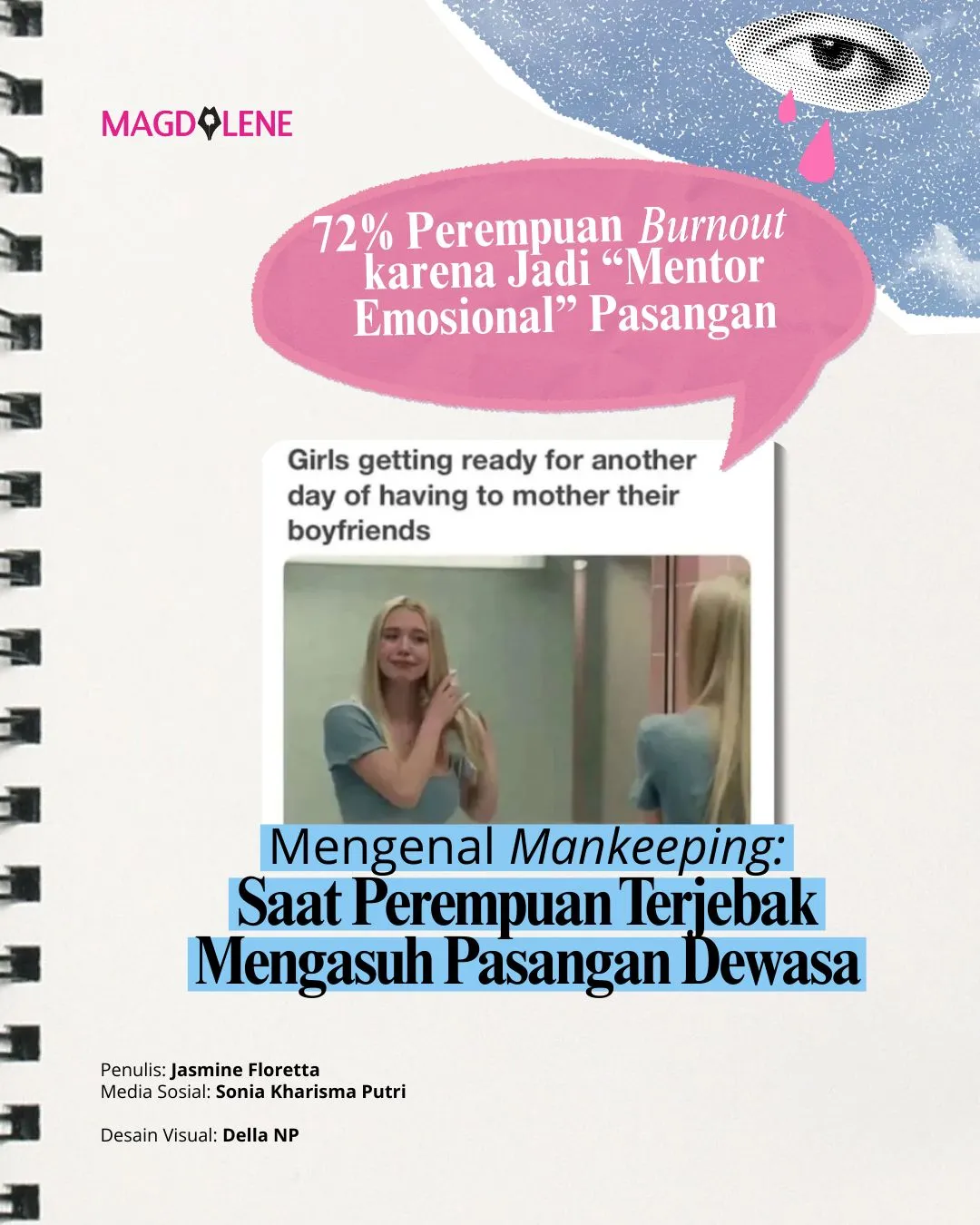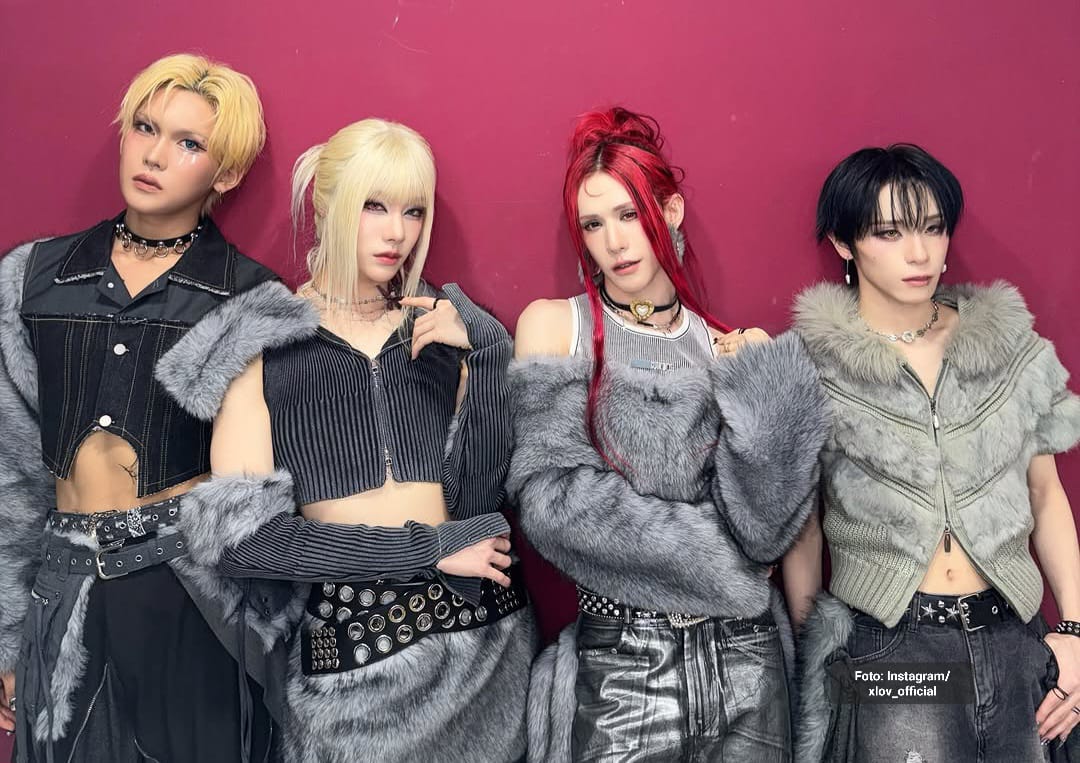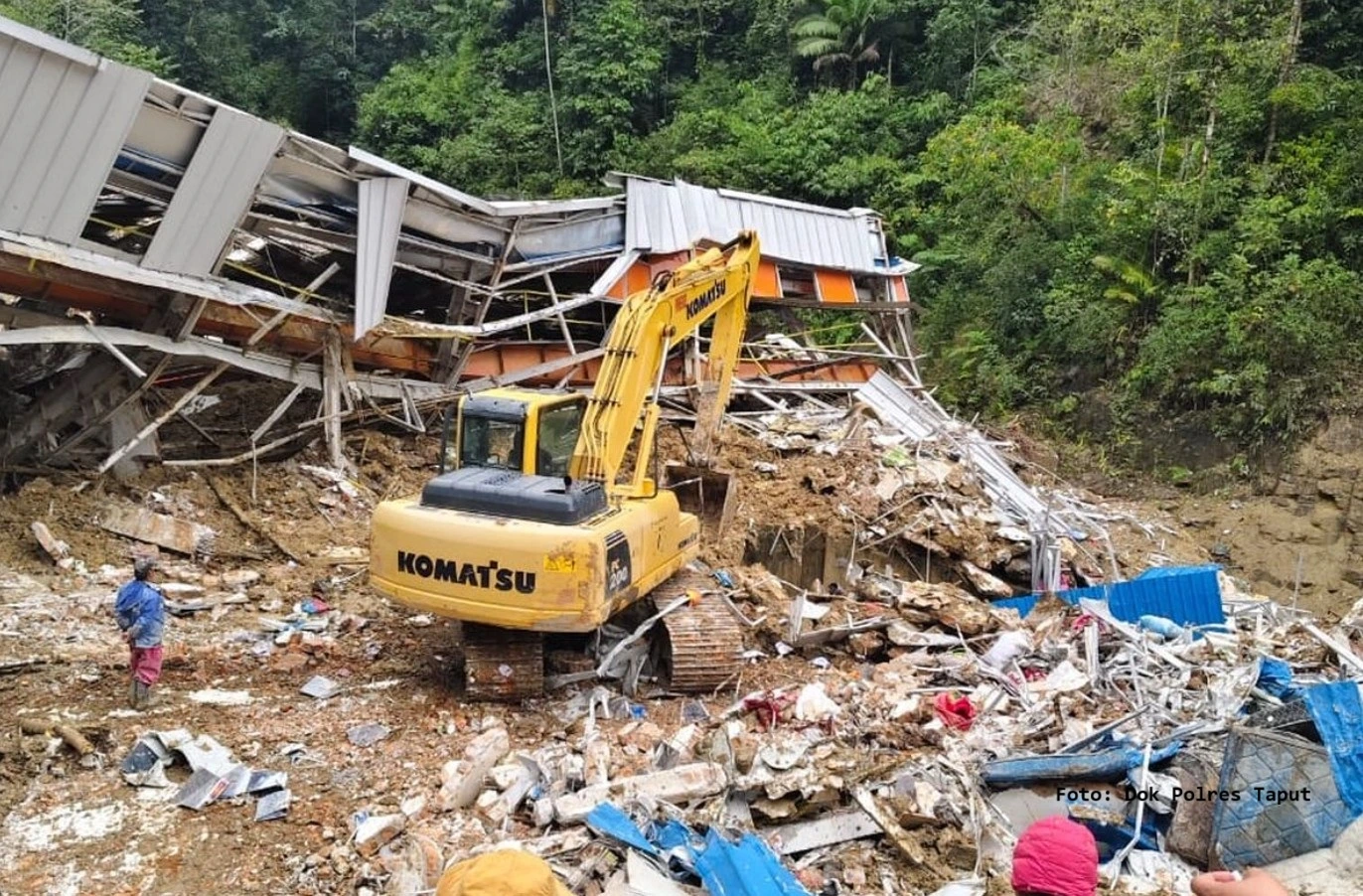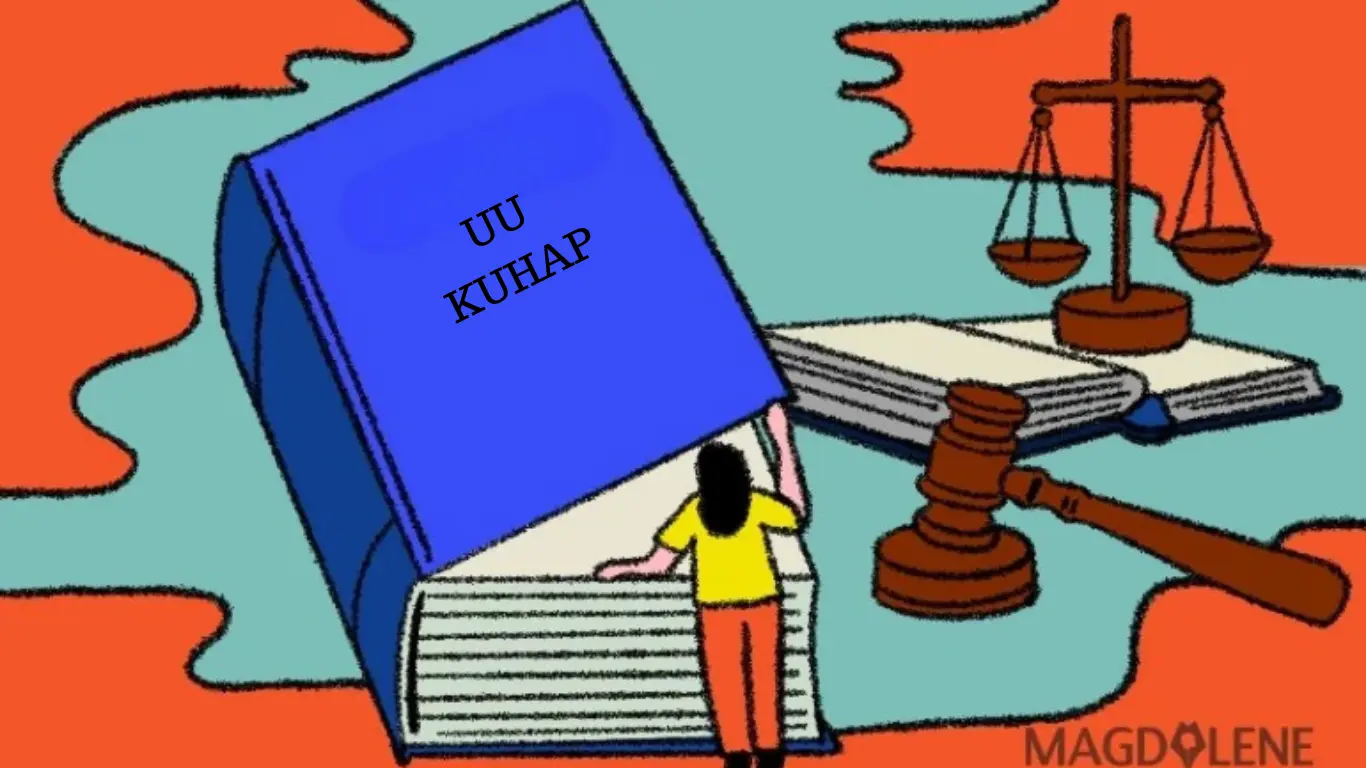What Harvey Weinstein Case Tells Us About Sexual Assault Disclosure
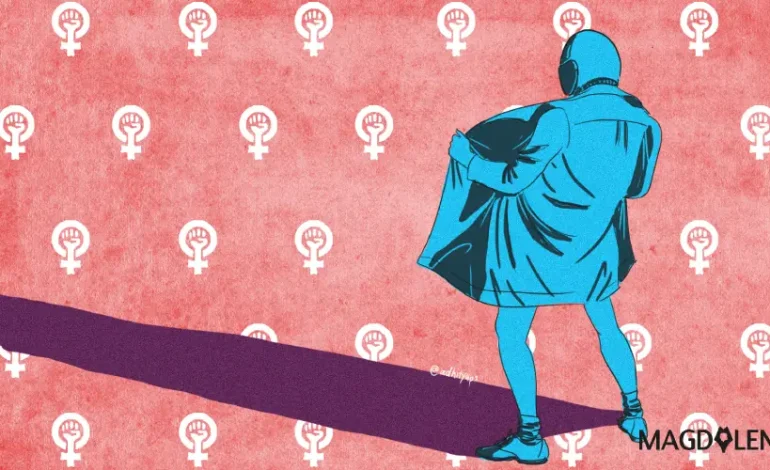
Explosive reports from The New York Times and The New Yorker in recent days have revealed decades of alleged sexual harassment and assault perpetrated by high-profile Hollywood movie executive Harvey Weinstein. In the wake of these reports, a flood of disclosures from celebrities, including Angelina Jolie and Gwyneth Paltrow, has emerged.
The Weinstein case follows an emerging pattern of powerful men being outed for their sexually violent behavior. In such cases, men have been able to abuse with relative impunity, despite many in the entertainment industry appearing to know or have suspicion of their behavior.
These instances raise several pertinent questions about sexual violence and harassment. They include:
- why it’s so difficult for victim-survivors to come forward
- why they aren’t believed when they do
- why we tend to see a flood of reporting once the case is broken
- how men such as Weinstein are able to offend with impunity for so long
- and most importantly, what we can do to prevent such cases from reoccurring.
‘Why didn’t you say anything?’
Victim-survivors face a wide range of barriers to disclosing their experiences, regardless of the context in which the assault occurred. Commonly identified barriers include:
- fear of not being believed
- fear their experience will be dismissed or trivialised
- belief the incident wasn’t “serious” enough to tell anyone about
- fear of retaliation from the perpetrator
- believing there was nothing that could be done about it
- wanting to move on from or forget the incident
- confusion about what happened
- shock
- self-blame.

Many barriers are heavily informed by misconceptions and stereotypes about sexual violence. The narrow framing of “real” rape as involving extreme violence or physical force and penetrative sex, or that the perpetrator is a stranger, can prevent victim-survivors from speaking out or even identifying and labelling their experience as sexual violence in the first place.
Although victim-survivors face substantial barriers to disclosure, most eventually tell somebody about their experience. How that person reacts can be vital in informing what happens next.
Positive responses, such as an expression of belief and validation, can aid in recovery and encourage further disclosure and reporting to authorities. Negative responses, such as blaming the victim or disbelief, can shut down any further discussion or disclosure.
Navigating power and disclosure
All forms of sexual violence feature an imbalance of power. This is heightened in Weinstein’s case. As a high-ranking Hollywood producer, he was often in direct control of the careers of his victims, many of whom were young women.
It is reasonable to assume that many did not disclose for fear of losing their careers, or otherwise facing the wrath of a well-connected, wealthy and powerful man. Weinstein’s position enabled him to reportedly buy the silence of several victims.
However, this is not to say these women did or said nothing in response to Weinstein’s actions. It appears his behavior was an open secret among women in Hollywood, who warned each other about him.
Rather than not disclosing, it would seem that Weinstein’s victims were selective about who they told. Their disclosure practices sought to protect other women, rather than openly exposing their perpetrator.
The power disparity between Weinstein and his victims plays into a range of myths and stereotypes about women. Namely, there is a myth that women routinely lie about sexual assault as a form of revenge or – in the case of wealthy perpetrators – as a means of “gold-digging”, attention-seeking, or advancing their own status.
These myths are not borne out in the substantial research evidence on sexual violence. False reporting is rare. Victim-survivors, as in Harvey Weinstein’s case, are often blamed for their own experiences, routinely dismissed or disbelieved, and the criminal justice system is commonly encountered as a site of retraumatization.
Bianca Fileborn is lecturer in Criminology in University of New South Wales, Australia. Her research is concerned with examining assemblages of space, culture, identity and violence and safety. She has also been involved in numerous projects on sexuality and ageing. Her current research is concerned with justice responses to street harassment, and with the sexual assault of older women.
This article was first published on The Conversation, a global media resource that provides cutting edge ideas and people who know what they are talking about.

